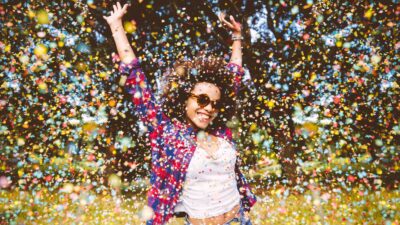Shares in RBS (LSE: RBS) have slumped by over 9% today after the part-nationalised bank announced a loss of almost £2bn for the 2015 financial year. This makes it eight years in a row where RBS has reported a loss, with over £50bn being recorded in losses since the depths of the credit crunch in 2008.
Furthermore, today’s results show that there could be considerable problems ahead for RBS. That’s because it continues to face the prospect of vast fines for the mis-selling of US mortgage bonds prior to the credit crunch, as well as other potential legacy issues. The cost of these fines is likely to run into the billions and could cause RBS to remain in the red over the short-to-medium term.
As such, it’s of little surprise that investor sentiment in the bank is weak, with its shares having fallen by 41% in the last year and seemingly likely to decline further in the near term.
Is there an upside?
RBS still offers a very appealing long-term growth story. Of course, today’s loss may be substantial at £2bn, but it represents a 43% improvement on 2014’s loss of £3.5bn and while the legacy issues are likely to cause problems moving forward, RBS seems to be moving gradually towards being a stronger and better performing bank.
For example, RBS’s loss of £2bn included elevated restructuring costs of £2.9bn as well as litigation and conduct costs of £3.6bn, the latter of which increased as further steps were taken to clear legacy challenges from RBS’s future outlook. It also reduced risk-weighted assets by £113bn (or 32%), which included the disposal of Citizens Financial Group as RBS continues to move towards having a smaller and more efficient balance sheet. This reduction in risk-weighted assets helped RBS to improve its common equity tier 1 (CET1) ratio by 430 basis points to 15.5%, which indicates that its financial standing is gradually improving.
Furthermore, RBS’s UK personal and business banking division recorded an adjusted operating profit of £2.2bn in 2015, with net new lending totalling £9.3bn. This is the strongest performance in mortgages for the division since 2009 and with adjusted operating costs falling by 3%, it seems to be making reasonable progress.
This performance contributed to an adjusted operating profit for the group of £4.4bn which, while lower than the £6.1bn from 2014, declined at least partly due to disposal losses incurred during the year. Meanwhile, an adjusted bank return-on-equity figure of 11% indicates that RBS is making progress versus the negative comparable from 2014.
Dividends ahead
RBS intends to pay the final £1.2bn dividend access share dividend during the first half of 2016. This will further normalise the capital structure of the bank and remove a constraint on the resumption of dividends to ordinary shareholders. While it may take a number of years for RBS to begin to appeal as an income play, its current price-to-net tangible asset value of 0.63 indicates that it offers good value for money at the present time.
Certainly, RBS is unlikely to be a winner in the short run and there are clouds on the horizon from continued legacy issues. But for long-term investors, the risk/reward ratio appears to be appealing and even though RBS’s headline figures are disappointing, the bank seems to be making encouraging progress towards improved financial performance.







